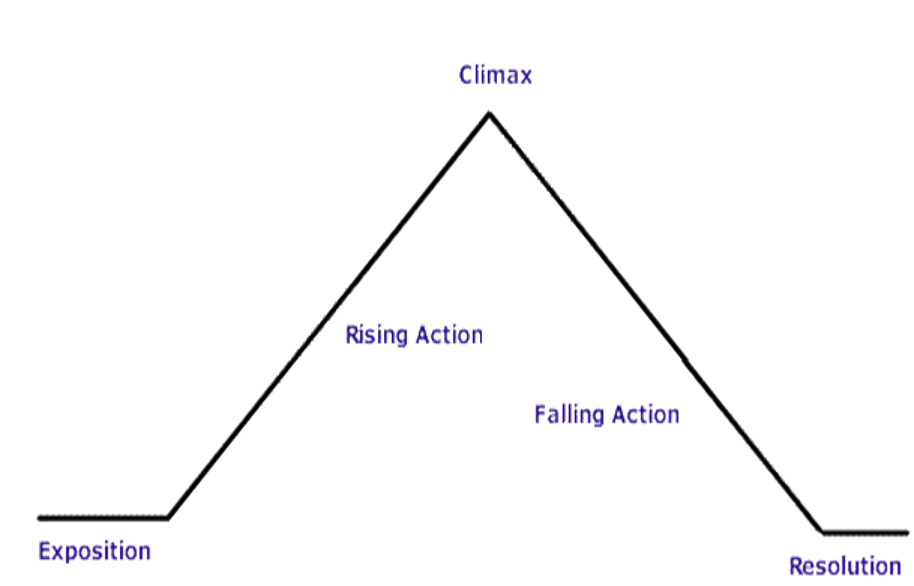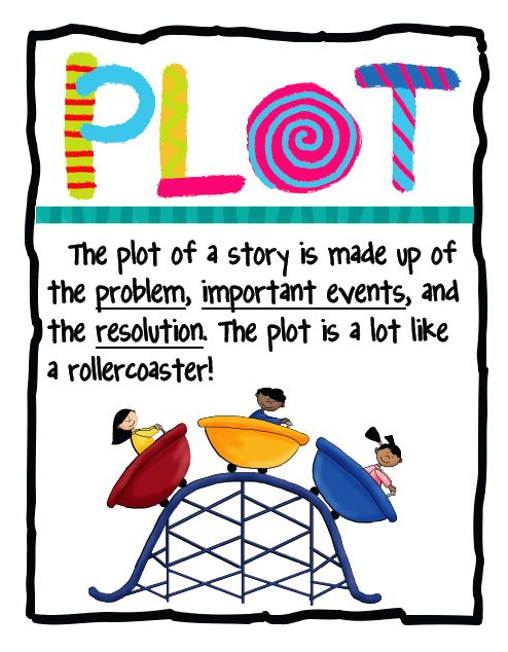English Mini Lesson - Plot Diagram
A plot diagram is a visual tool that maps out the key parts of a story's structure, from beginning to end.
Plot Diagram
A plot diagram is a visual tool that maps out the key parts of a story's structure, from beginning to end. It includes five main elements: exposition, rising action, climax, falling action, and resolution. Using a plot diagram helps writers plan their stories in a clear and organized way, making sure the events build up, reach a peak, and then wrap up in a satisfying way. For students, it’s important because it helps you understand how stories work and makes writing your own much easier and more effective.
If you find value in the Mini Lessons I create and would like to support my work, I’d sincerely appreciate a donation to my PayPal account! Every bit helps me keep these resources coming.
Table of Contents:
What is plot?
The plot is the action of the story. This action is usually made up of a series of events called the plot line.
The plot line shows the action or events in a story.
It has five parts:
Exposition
Rising Action
Climax
Falling Action
Resolution
(can also be called Denouement)
Exposition:
The exposition is the part of a story (usually in the beginning) which explains the background and setting of the story; the characters are often introduced in the exposition.
Ex: Little Red Riding Hood
This story is about a young girl who is given a red coat to wear. She is sent by her mother to take food to her sick grandmother. She is also told to avoid stopping along the way.
Rising Action:
The rising action is the central part of a story during which various problems arise, leading up to the climax.
Ex: Little Red Riding Hood
A wolf sees Little Red Riding Hood
The wolf asks the girl where she is going
The wolf tells the girl to pick flowers, while he goes to her grandma's house.
The wolf gets to the house before the girl and eats up the girl's grandmother
Climax:
The climax is the highest point or turning point in the action. This can also be known as the “ah-ha!” moment.
Ex: Little Red Riding Hood
The girl finally reaches the house and finds her "grandmother", who is really the wolf, in bed. The girl comments on how surprisingly strong her grandmother looks. The wolf wisely responds to each comment before leaping out of bed and eating Little Red Riding Hood.
Falling Action:
The falling action is the part of the story which follows the climax or turning point; it contains the action or dialogue necessary to lead the story to a resolution or ending.
Ex: Little Red Riding Hood
A lumberjack hears screams coming from the house
He rushes into the house with his ax
He kills the wolf and rips its chest open
Resolution:
The resolution is the satisfying (or not!) end of a play or story - that part in which the problems are resolved.
Ex: Little Red Riding Hood
The sick grandmother and the girl climb out of the now dead wolf's stomach. They are finally reunited thanks to the lumberjack.
Practice Work
Please answer the following questions:
Diagram the plot of the fairy tale, Hansel and Gretel by the Brothers Grimm. (You can find a transcript of the story online, or YouTube reading of the story by Googling “Hansel and Gretel”.)



